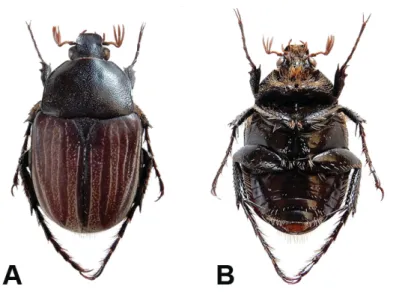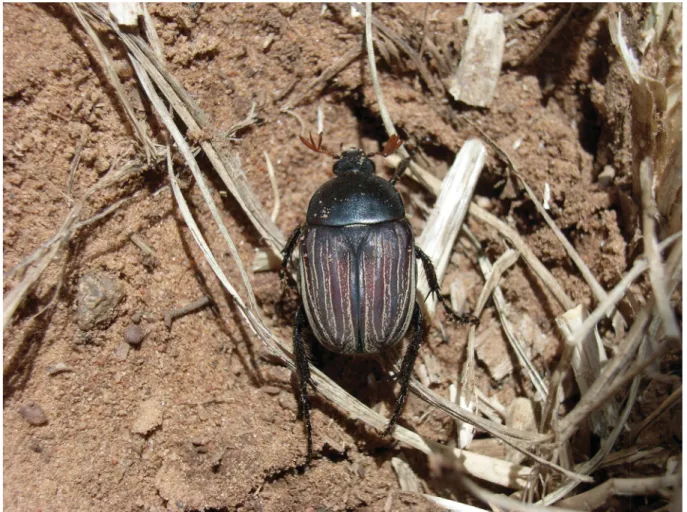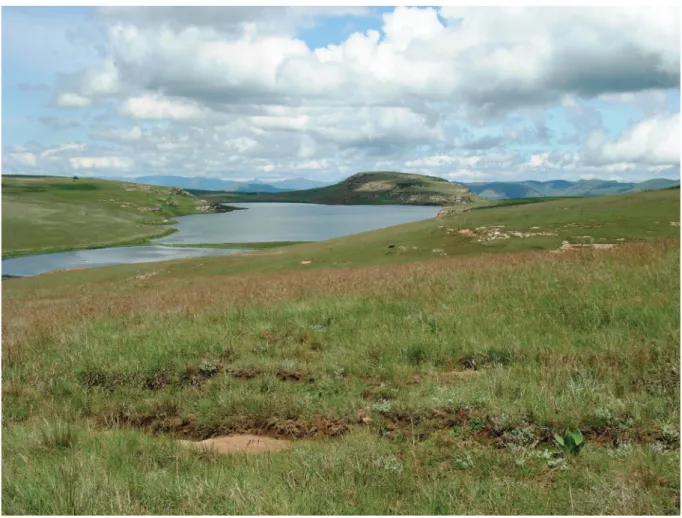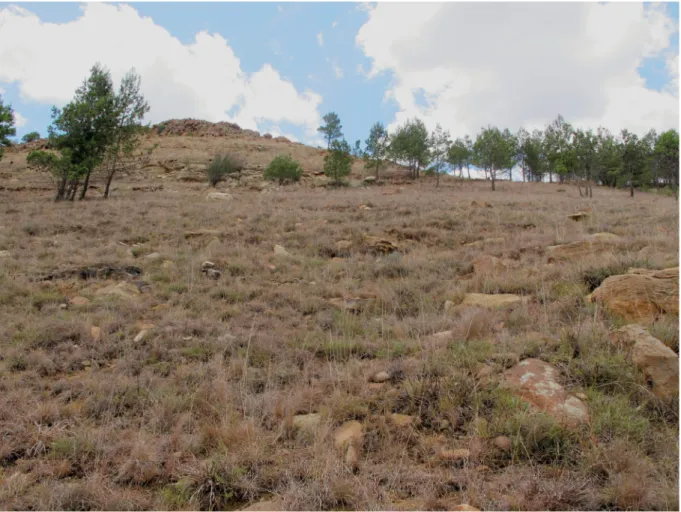Neoclita pringlei (Scarabaeidae, Cetoniinae), a new relict genus and species from the Drakensberg Range of South Africa
Volltext
Abbildung




ÄHNLICHE DOKUMENTE
Declining availability of herding labor can also reduce the prevalence of longer-distance herd movements and shift grazing management toward less labor-intensive options such as
Description. Length 3.5-4.5 mm; oval, convex, moderately shiny, almost glabrous. Piceous; head dis- tally, pronotum on sides, more or less widely yellowish; elytra yellow with
The genus Cotinis Burmeister in the eastern United States, with description of a new species from the Florida Keys, including a checklist of the genus.. (Coleoptera:
Na- tional Scarab Collection (currently at the University of Nebraska State Museum, Lincoln, NE; Brett Ratcliffe); Instituto de Ecología (Xalapa, Mexico; Miguel Angel Morón); Texas
The paratypes are depos- ited as follows: Canadian National Collection of Insects, Ottawa, Canada (2); Florida State Collection of Arthropods, Gainesville, FL, USA (1);
Description. Body reddish-brown to nearly black with overlying vestiture of golden setae generally dense all over. Head between eyes with moderately coarse punctures separated by
The following table shows the number of types or cotypes in the South African Museum, and the numbers of species in the Museum as compared with the total number founel in
Head with epistome nearly flat, finely, sparsely and regularly punctured throughout; clypeus anteriorly subtruncate, widely rounded at sides; thickly bordered, edge somewhat
